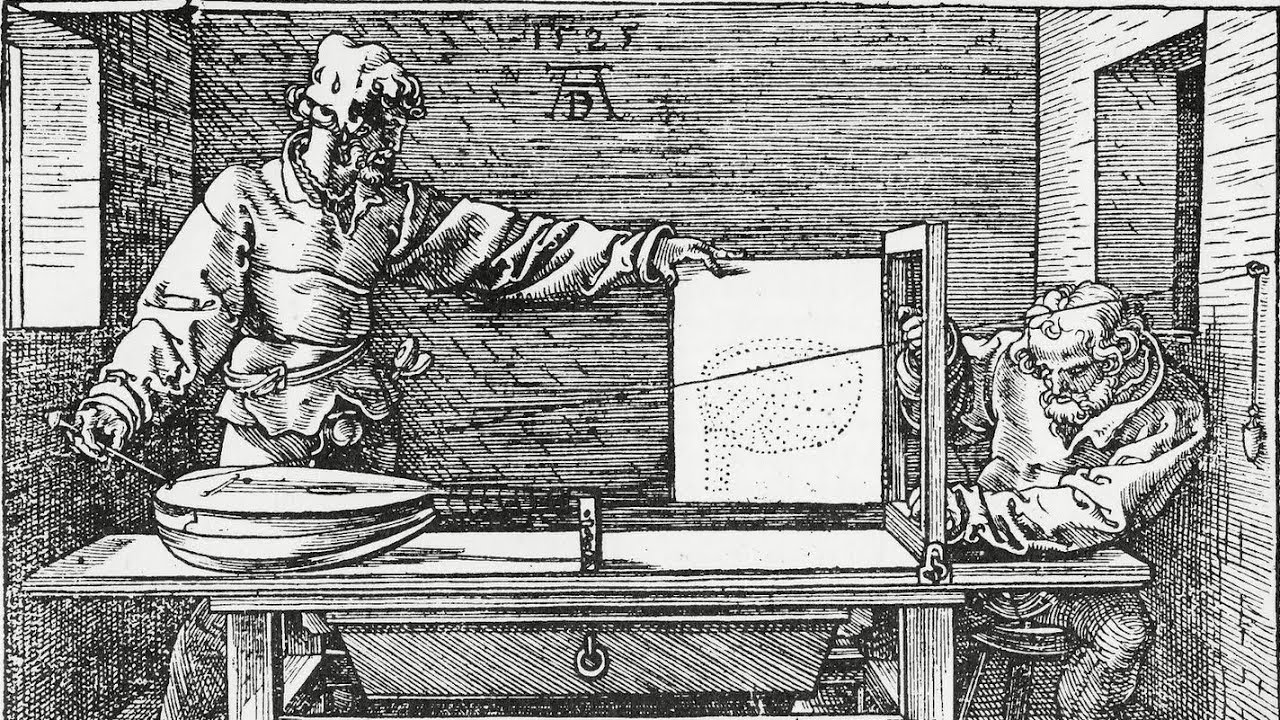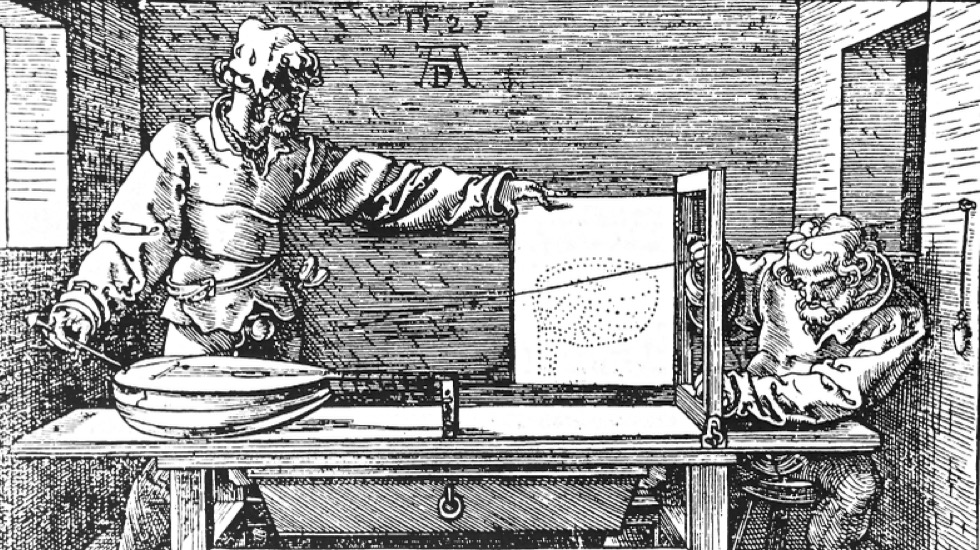To facilitate thinking about the interplay between the projective geometry \(\Proj(\F^{n+1})=\F\Proj_n\) and the geometry of \(\F^{n}\) (rather than \(\F^{n+1}\text{!}\)) it is useful to have a careful definition for “taking inhomogeneous coordinates in position \(i\)”. Here it is: Let \(U_i\) be the subset of \(\F\Proj_n\) of points whose homogeneous coordinate \(x_i\) is nonzero. Let \(\pi_i\colon U_i\to
\F^n\) be given by
\begin{equation*}
\pi_i([x_0,x_1,x_2,\ldots,x_n])= \left(\frac{x_0}{x_i},\frac{x_1}{x_i},\frac{x_2}{x_i},\ldots
\frac{x_{i-1}}{x_i},\frac{x_{i+1}}{x_i},\ldots,\frac{x_n}{x_i}\right).
\end{equation*}
The one-sided inverse \(\F^n\to \F\Proj_n\) given by
\begin{equation*}
(x_0,x_1,\ldots x_{i-1},\widehat{x_i},x_{i+1},\ldots,x_n)
\to [x_0,x_1,\ldots x_{i-1},1,x_{i+1},\ldots,x_n]
\end{equation*}
(where the circumflex hat indicates a deleted item from a sequence) is called the \(i\)-th coordinate chart for \(\F\Proj_n\text{.}\) What is the map that results from applying the \(0\)-th coordinate chart \(\C\to \C\Proj_1=\Proj(\C^2)\) followed by taking inhomogeneous coordinates in position 1?



